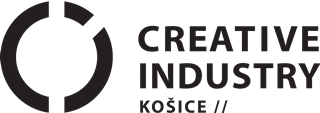In autumn 2019, CIKE organized another educational program – Community Bootcamp. During this intensive five-day series of workshops, participants had the opportunity to set their priorities and prepare a strategy for the coming months. Their mentors were Tânia Santos from CRU Cowork, Portugal, and Luka Piškorič from Slovenian center Poligon. In the following lines, you will be immersed in the community scene in Slovakia and find out how this program has helped the participants.
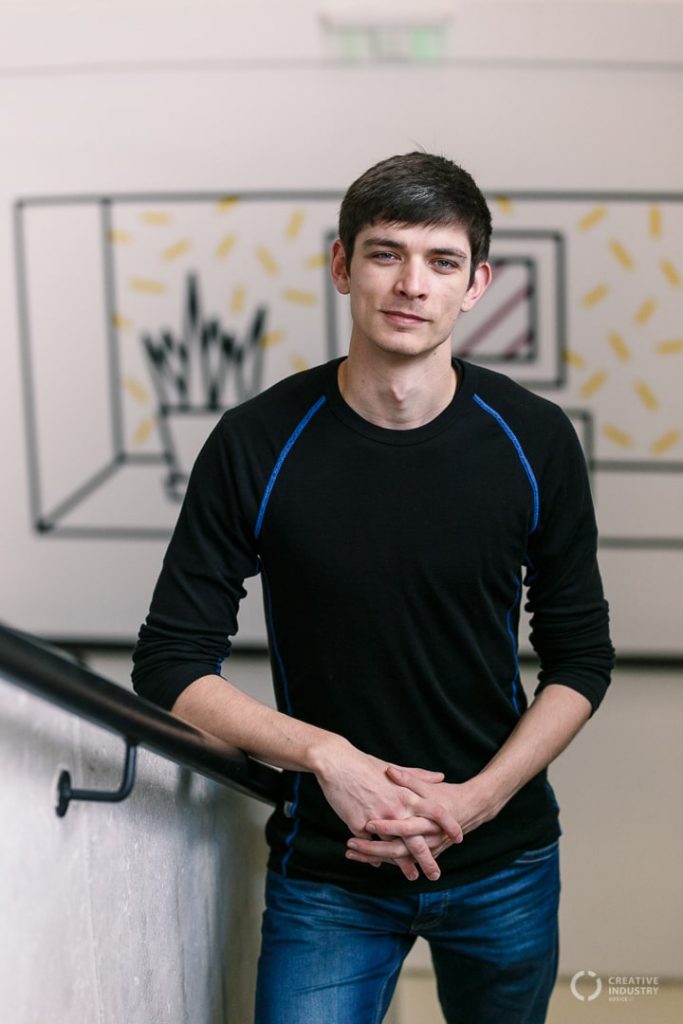
Lukáš Mucha, The Path of Movement
Lukáš leads classes focused on the general development of our movements. During the class, movements cannot be categorized as strength training, mobility, coordination, dance, or meditation. The training combines individual elements of them into one unit so that they complement each other. This innovative form of exercise is called movement culture and is based on the teachings of Israeli teacher Ido Portal. The community he wants to create revolves around movement and everything that comes with it.
While working with groups, he realized that each individual approached his movement assignments differently. This is precisely where he sees the greatest potential of teamwork. With a new partner, one has to adapt to a new scenario, get in sync with the other person, which creates unusual movement formations and allows for progress that one would not achieve on his/her own.
Today, his priority is to find a space in which his community will thrive. He wants it to become a meeting point for those who want to move differently from current trends.
“CIKE always brings together interesting people who want to improve the quality of life in Košice. I enjoyed meeting new people, and there is a possibility of future collaboration with them.”
Try some new moves at his school as soon as possible.
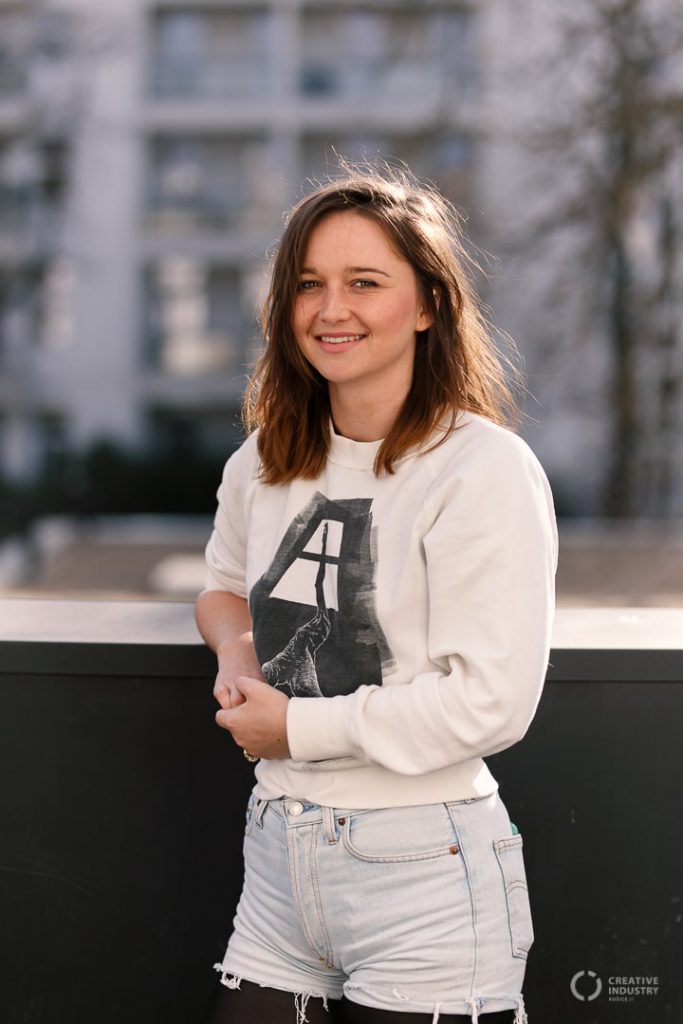
Alica Uchytilová, Mental (Club)
Alica joined Community Bootcamp to build a community that focuses on connecting mental health with creativity. She named it Mental – as in ‘mental illness,’ ‘health’ or ‘care.’ She feels there is a lack of similar associations at the moment, which according to statistics and research, have the best effect on mental health in the process of recovery.
“I know what it feels like not to belong anywhere. It is one of the symptoms of a mental disorder. The feeling that a person belongs somewhere often gives people energy. I like things that are human, authentic, pure – those that don’t pretend anything. That’s what I would like to create.”
After this program, she wants to create a visual identity for her community and look for space in Bratislava where people can come anytime and feel safe. Rather than only providing the space for discussion, she wants to offer a creative and supportive environment where feelings can be transferred into artworks.
Listen to what she had to say on the topic in this podcast.
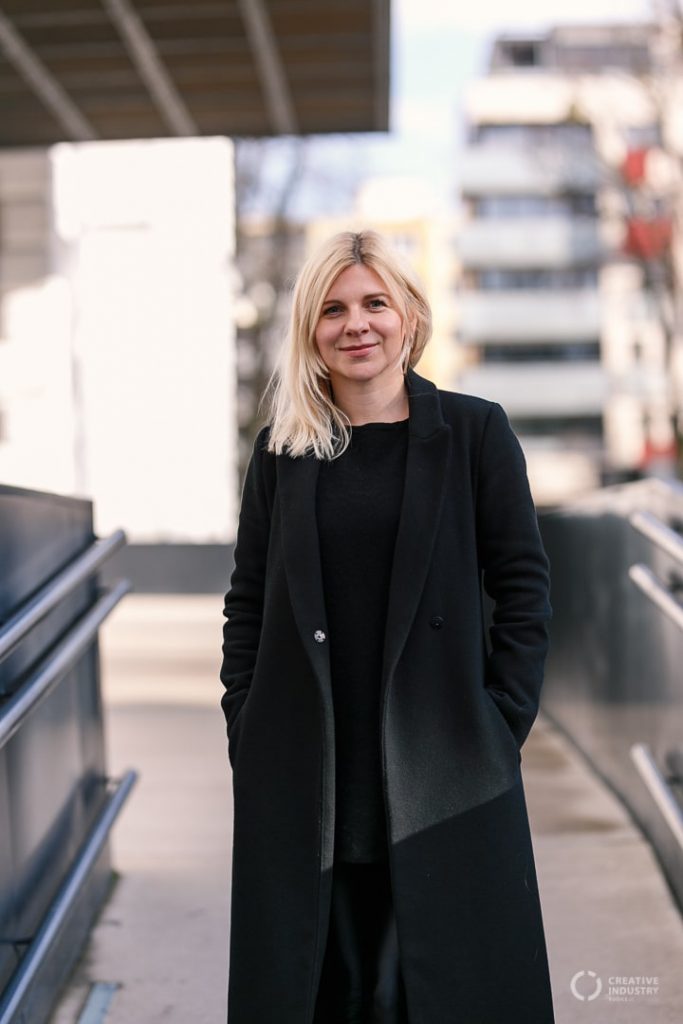
Dora Kenderová, East Slovak Gallery
The East Slovak Gallery (ESG) already has its own community focused on visual arts, and it keeps growing. Dorota sees the need to provide gallery space not only for those who like art but also for the wider public: “We want to create a platform where people can talk about the most important issues, such as climate change. Artists have always been a barometer of social change, and I think such a place should be part of the gallery as a 21st-century institution. It should be a place where all citizens, different communities can meet and serve to collect collective opinions.”
She appreciated that the program gave her an external perspective on their project since the foreign mentors look at Košice impartially. Often, what seems invisible to us is visible to them. What is common to us can be something exciting for them. Luke saw the potential of this project and advised her to make the new platform available to local people and tourists.
The director of ESG hopes that through this project they will reach people whose primary interest may not be visual art, but they want to be part of the planning, future and important decisions within the city.
Come and see the future platform at ESG during one of their interesting events.
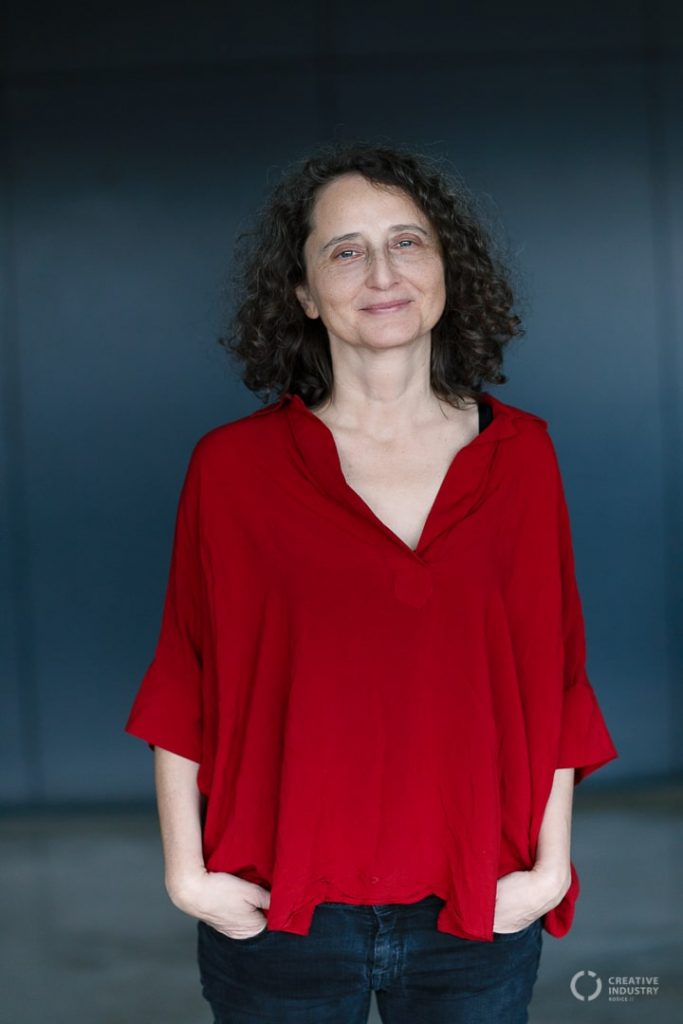
Katarina Živanovič, Tabačka Kulturfabrik
Tabačka Kulturfabrik is a multifunctional cultural center where a wide range of communities meets. For now, their goal is to clarify which communities need their support most and how they should provide it to them.
“Communities that go to Tabačka Kulturfabrik are very diverse, but they share a passion for an urban lifestyle. We are constantly trying to connect them with minorities and make them exist outside their own bubble.”
She enjoyed the LEGO activity, during which it was once again shown that human creativity has no limits. Working in a community is simply beneficial for all parties involved. While it provides energy and feedback to people inside it, it is also a great opportunity to impact people outside it.
Come to one of the many activities organized by Tabačka.
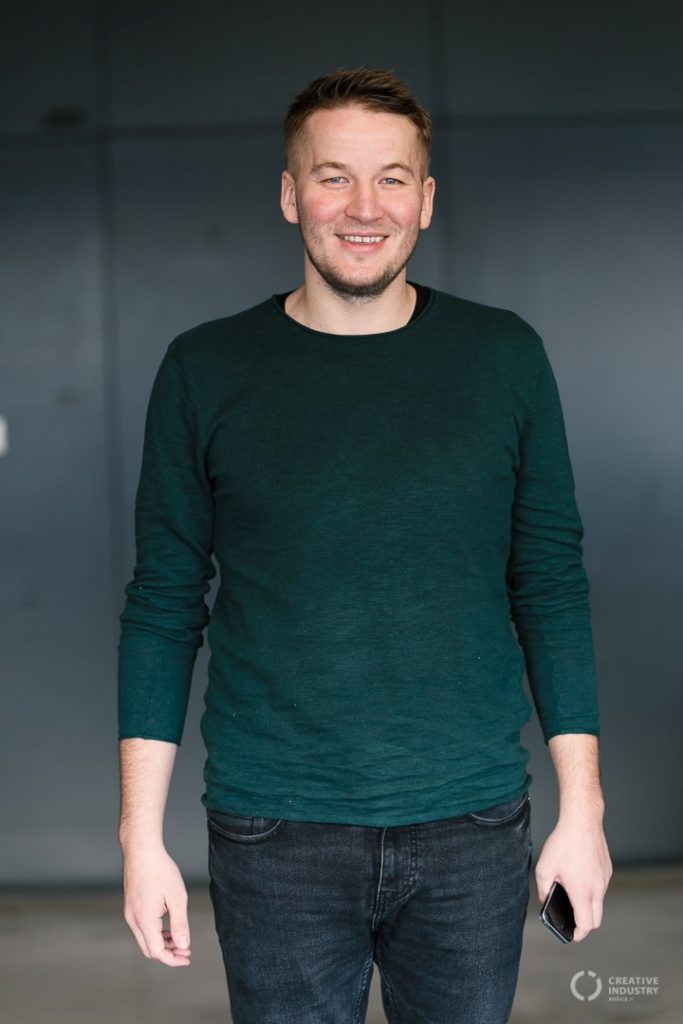
Matúš Binc, SPOTS
Matúš works as the project manager of SPOTS, which improves life in Košice neighborhoods. He represents a wider range of communities. They connect them by providing them with space for their activities and know-how on how to improve their processes and find the right path. They also help emerging artists and creatives by placing them in larger groups to help each other.
During Community Bootcamp, he found the information on funding very useful as this is a hot topic for SPOTS. In the future, he also sees the possibility of cooperation with creative centers run by mentors.
“I was particularly interested in how to build communities step by step and how to continue working on a community that freezes at a certain point but can be started up again. The mentors were very knowledgeable and had a broad perspective on communities”.
You can find out more about the activities of SPOTS here.
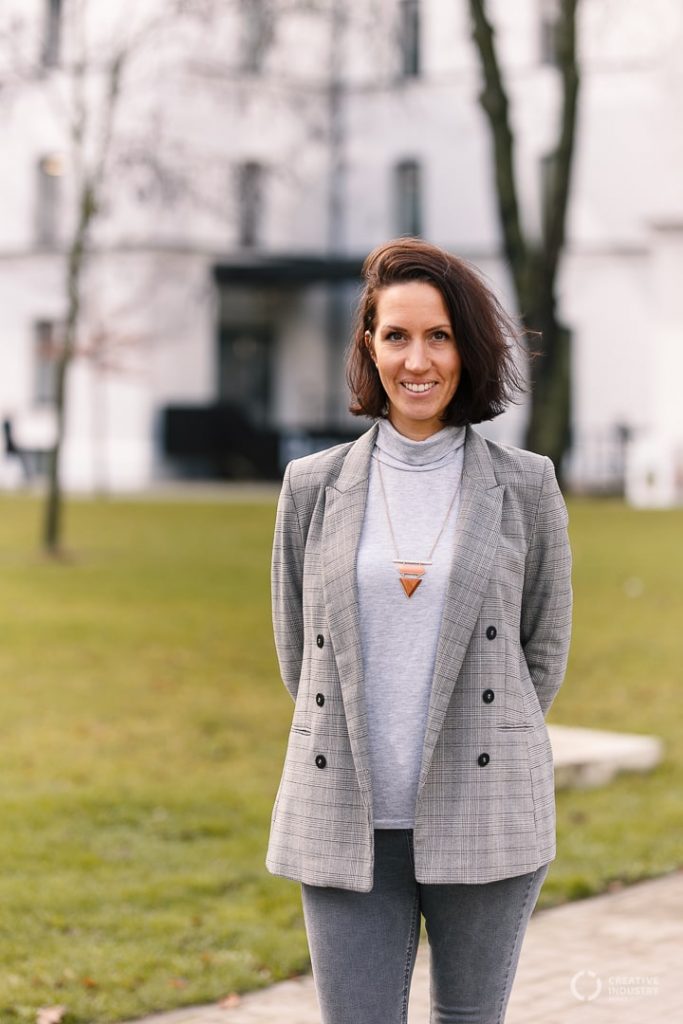
Ľubica Reváková, UX Košice
According to Ľubica, the role of the Košice UX community is to connect professional designers with people who would like to gain experience in this field, such as students from the School of Arts where she works. She joined the Community Bootcamp program to improve her managerial skills and learn how to organize successful events.
Thanks to the program activities, she set concrete steps for the future and thought about communicating, delegating, and cooperating with the other members. She wants to make the community more open, lively, and fair.
“Community Bootcamp has brought communication to the forefront. I now realize how important it is to communicate with each other and through social networks. It also opened up my horizons about the projects and grants we can receive”.
You can join the UX Košice community for one of their activities.
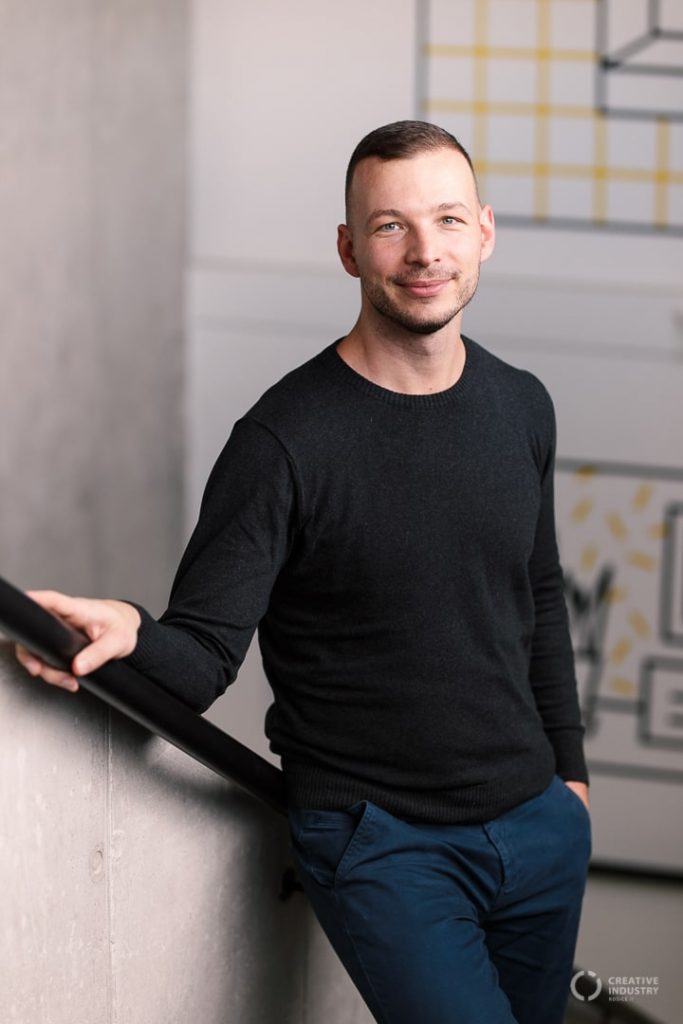
Peter Janov, Coworking
Peter is a 3D designer in architecture, working freelance in Michalovce to establish a coworking community. He wants people from the creative industry and young entrepreneurs to join it. They should share a desire for independent collective space and opportunities for self-improvement. He wants to prepare courses and workshops that are similar in style to Community Bootcamp in the future. As a freelancer, he lacks a sense of community, and he feels it is natural to want to be part of a larger group.
“My dream community would consist of interesting people with a wealth of experience in different areas. My goal is to support young people at the local level so that they are not forced to leave”.
A big plus, he said, was that the program took place over one full week, forcing participants to think about their plans constantly. Both mentors are the founders of coworking, so he learned some concrete ways to manage such communities and their funding.
Learn more about Peter’s work on his website.
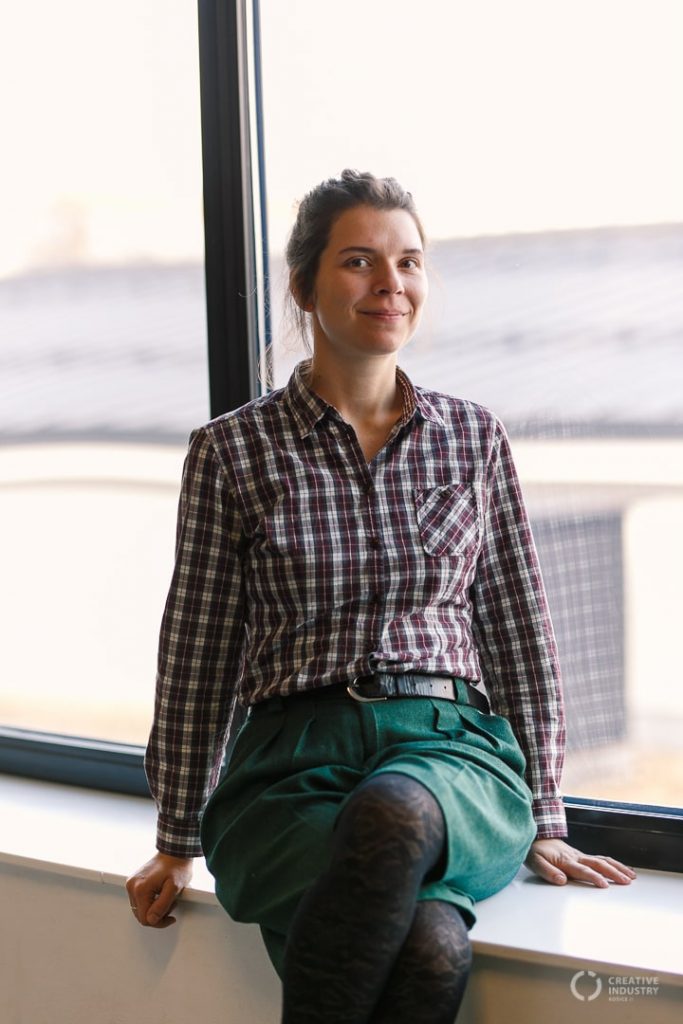
Zuzka Réveszová, Spolka
Zuzana is active in several communities. She is part of Spolka, and she is a Ph.D. student at the Technical University of Košice. These communities mainly provide a floor for open discussions. During the program, she wanted to push herself further and learn how to do comprehensive things, work more systematically and reach out to the right people with a specific purpose.
“The best thing about a community is that it allows me to turn my ideas into reality. Community is a comprehensive concept; it can be neighbors, groups on Facebook, or individuals who work together,” explains Zuzana. “But for each of them, we need to realize who these people are and what their needs are, and consequently organize activities with this knowledge.”
She was particularly pleased with the feedback session, as the mentors took their time and studied each project in detail. By not knowing the local environment, they were able to provide a unique perspective.
Meet Zuzana and her community at their Mestoláska events.
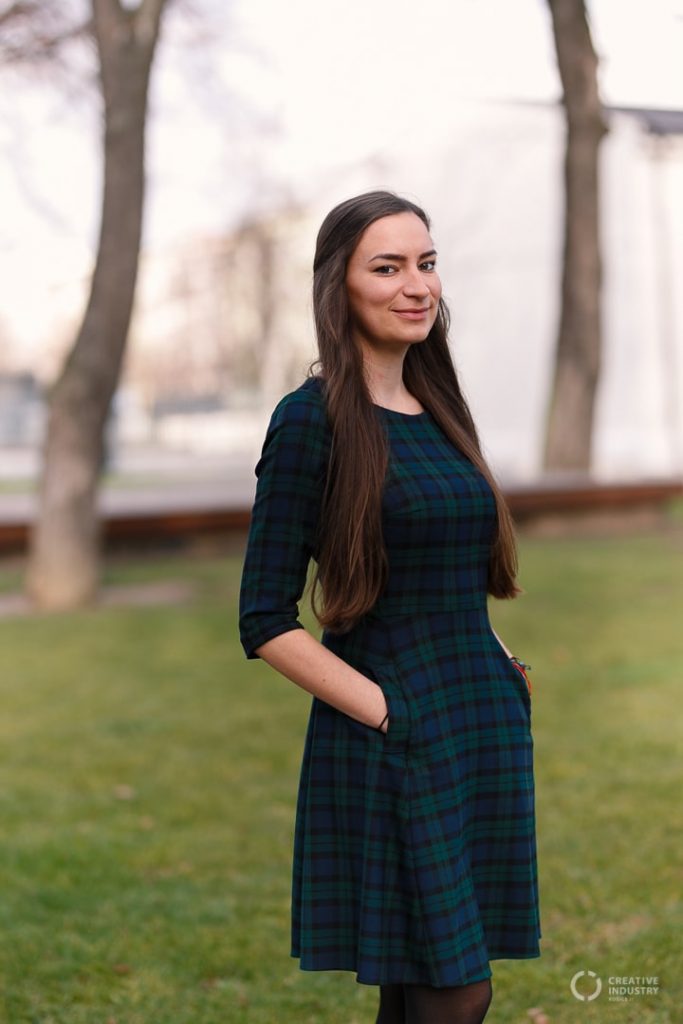
Veronika Holečková, Visit Košice
Veronika represented the regional organization Visit Košice, which wants to create a community with its members, visitors, and tourists. This community already exists formally in the form of a tourism cluster; this includes hotels, restaurants, and the city of Košice. Veronika now wants to create a less formal platform for cooperation.
“Communication should connect us, as we are so similar and yet distant. We are all in the same city, we have the same goals, but we work separately. We want to raise awareness of Košice in Slovakia and abroad, improve the quality of services, push the city forward and bring opportunities for the city and people who live here”.
Veronika is a fan of the 1 + 1 = 3 principle; together, we’ll go further. In Košice, all activities can’t be managed by one person in a way that would bring about a change. Tourism is a sector that never sleeps and needs to adapt to things on the go. She, therefore, wants to break the formal barrier between Visit Košice and their partners and start to communicate about the important things.
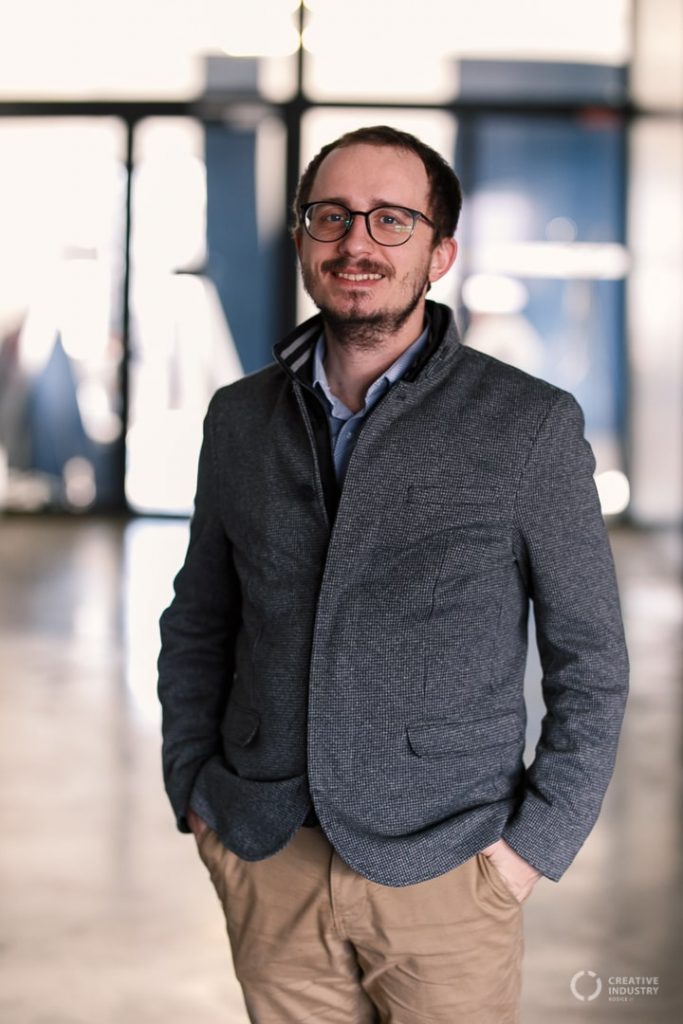
Peter Hudák, Vita in Suburbium Bardejov
At the Community Bootcamp, Peter represented the civic association Vita in suburbium, which returns life to the premises of the Jewish ritual buildings in Bardejov, Slovakia. He wants to build a community of active, young people who are not indifferent to their cultural heritage.
In the coming months, he plans to map out the audience that participates in their activities, reach out to active stakeholders to create a plan and create a program strategy. Peter wants to “reach out to universities, architects, and people active in tourism. The project is to serve the needs of the people from Bardejov”.
The program was beneficial for him because he sorted through his ideas and systematically laid down the basic steps to proceed in their project systematically. Mentors, according to him, managed to create a very stimulating environment.
Join Peter’s community as well.
The program was supported using public funding by the Slovak Arts Council.
